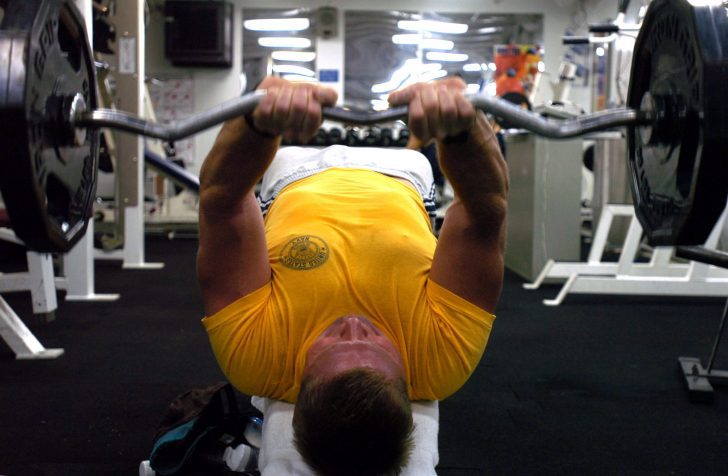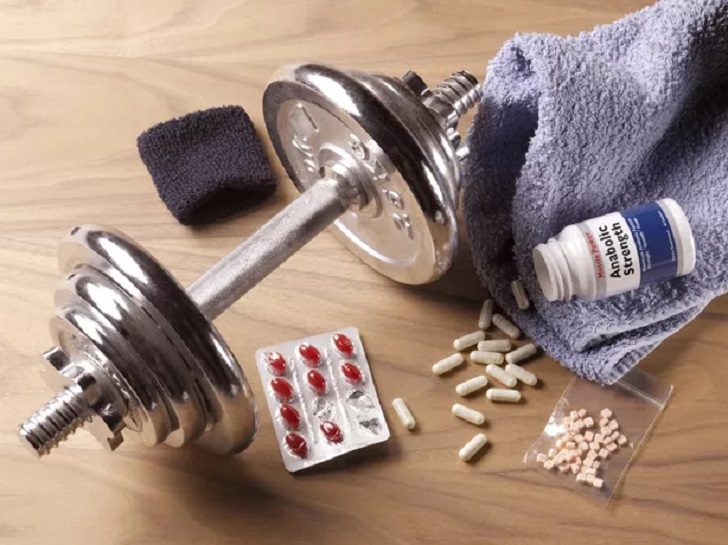Steroids are a man-made version of chemicals, known as hormones, that are made naturally in the human body. Steroids are designed to act like these hormones to reduce inflammation. They’re also known as corticosteroids and are different from anabolic steroids used by bodybuilders and athletes. The two main types are corticosteroids and anabolic-androgenic steroids (or anabolics for short).
Steroids: Stacking and Addiction

Getty Images/ Eurojust | Arnold Schwarzenegger, seven-time Mr. Olympia, actor, and former governor of California is famous for using steroids
Some people "cycle" their steroid doses. This means they take multiple doses of steroids over a period of time, stop for a period, then start the cycle again. "Stacking" means taking two or more different anabolic steroids. Other steroid users may "pyramid" their steroids by starting with a low dose and gradually increasing the dose, frequency, or a number of anabolic steroids taken, then tapering off to complete a cycle.
Users believe that stacking enhances the effects of each individual drug, pyramiding allows the body to get used to high doses of steroids, and steroid-free periods help the body recuperate from the drugs. There is no scientific evidence to support any of these claims.
A lot of people tell themselves they'll only use steroids for a season or a school year. Unfortunately, steroids can be addictive, making it hard to stop taking them. And once users stop taking steroids, they can have withdrawal symptoms such as loss of appetite, tiredness, restlessness, insomnia, mood swings, and depression.
Cardiovascular System

PxHere/ PxHere | There is a myth out there that somehow anabolic steroids can turn a cub into a bear
Steroid use has been associated with high blood pressure, decreased function of the heart’s ventricles, and cardiovascular diseases such as heart attacks, artery damage, and strokes, even in athletes younger than 30. Steroids contribute to the development of cardiovascular disease partly by increasing the level of low-density lipoprotein (LDL) and decreasing the level of high-density lipoprotein (HDL).
High LDL and low HDL levels increase the risk of atherosclerosis, a condition in which fatty substances are deposited inside arteries and disrupt blood flow. If blood is prevented from reaching the heart or brain, the result can be a heart attack or stroke, respectively. Steroids also increase the risk that blood clots will form in blood vessels, potentially disrupting blood flow and damaging the heart muscle, so that it does not pump blood effectively.
Illegal in most places

Getty Images/ Very Well Mind | Anabolic steroids are commonly used among teenage athletes to bulk up
The legal status of steroids varies by country and region, though they’re classified as illegal in most places if used for non-therapeutic purposes. Anabolic steroids are classified as a schedule III drug in the United States. Illegal possession can carry a maximum penalty of 1 year in prison and a minimum $1,000 fine for the first offense.
The only way to obtain and use such steroids legally would be to have them prescribed by a medical professional for a certain condition, such as low testosterone or a muscle-wasting disease. People who choose to use them illegally put themselves at risk of legal consequences.










